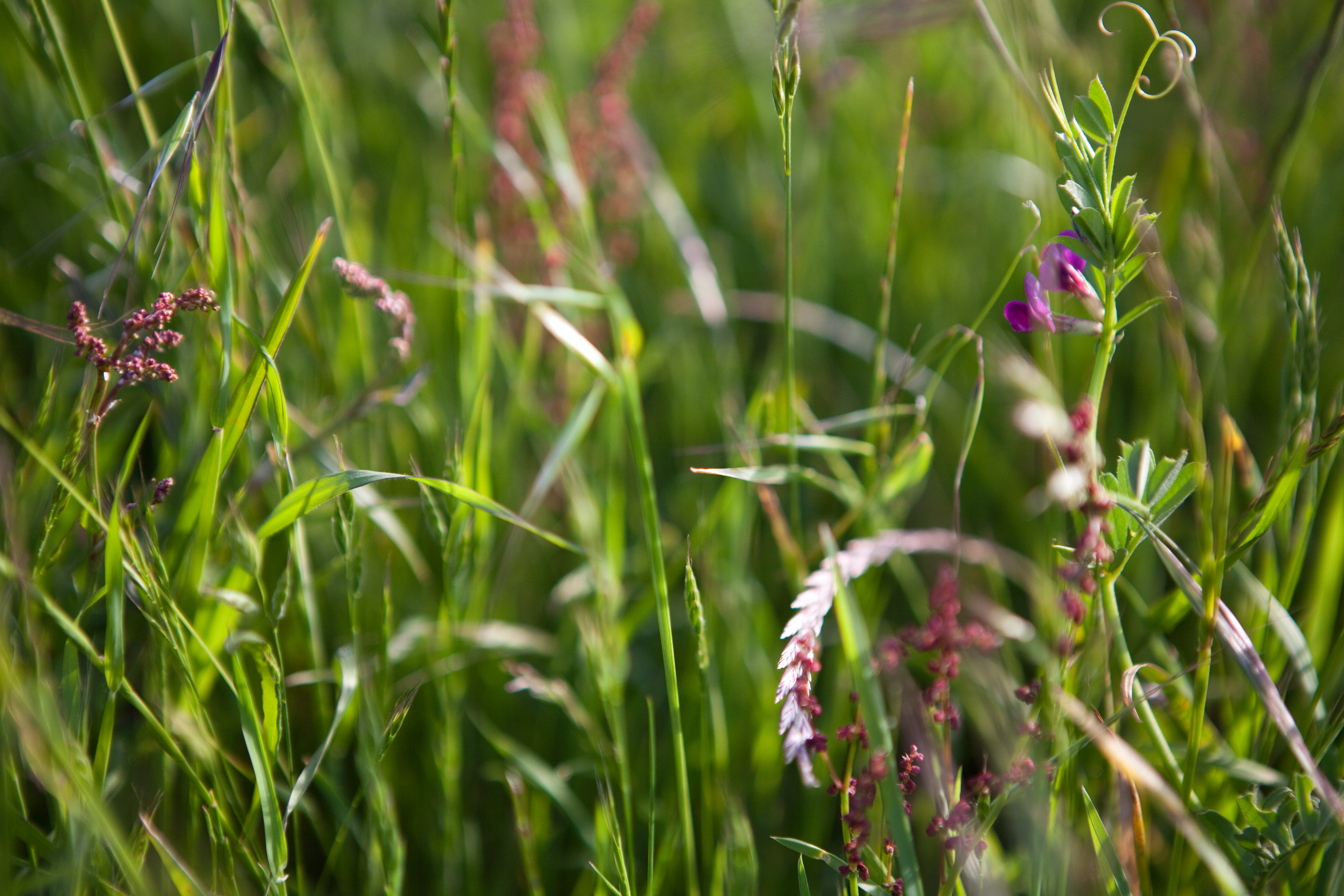
DON GILARDI, GILARDI FAMILY FARM
Don Gilardi grazes dairy cows and produces organic pasture-raised My Petaluma Pastures Eggs on the 80.5-acre Gilardi Family Farm.
Q: How did you hear about the Marin Carbon Project and why did you decide to apply for a carbon farm plan?
A: I received the application in the mail, looked it over and talked with the people I knew who were participating in it. When I first heard about it, John Wick came out and started talking to me, and I was like, “Oh my gosh, I am never going to get this!” So I invited John out a second time, and we walked around for three hours. I didn’t get it the first round, but I got it the second.
I’ve built a relationship with John Wick, Jeff Creque and the Marin RCD, and I trust them. They come to it from a different perspective, which I find helpful. I have the land and the animals, and I wanted to better the farm. These guys have the brainpower to put a plan together with scientific data showing that by doing what we are doing, we are helping the environment and the health of my farm. I thought it was pretty cool.
Q: Now that you have a plan, what do you plan to do in this first year?
A: I received the plan in June 2017, and off the bat I’m looking for water savings: retaining roof runoff water, well development, increasing the ability of the soil to hold water. With the help of the RCD, I submitted an application to the USDA to help with water infrastructure and design for the whole operation. We also applied for funding from the Healthy Soils Program and I am hoping to plant an orchard through their silvopasture funding.
In addition to the crop they’ll produce and the carbon they’ll sequester, any trees I plant out here will help the chickens with shade in the summer months. There are multiple factors as to why we choose each practice in the CFP. I never realized the multiple benefits from these practices until I saw the document, and then I was really excited about it.
Q: Would you recommend the process?
A: Yeah for sure, no question.
I plan to market my product with the CFP. It gives me another story to tell about my eggs to have these knowledge experts working with me. The main thing has been the process, forming a team to build out the farm. When you do this kind of thing you want the best on the team, and these guys are the best. They sent me the draft plan; it was 63 pages! The completed draft was 123 pages, and it’s going to be an open document, so if we find out better ways to do things in the future, we can adjust them going forward. It’s going to take awhile to implement the whole thing.
It shows how the farm is backed up by scientific data—this is huge. To be able to show people this and talk about it is fun. People are saying, “This is incredible!” I could never have done this without them. You can’t be good at everything. I am a farmer; I’m good at farming, so it’s great to be able to work with the best. You know, I learned as a kid to leave it better than I had it. It’s gonna be incredible.
If you are an agricultural producer or landowner seeking assistance in development of a Carbon Farm Plan (CFP), contact your local RCD or NRCS office.


